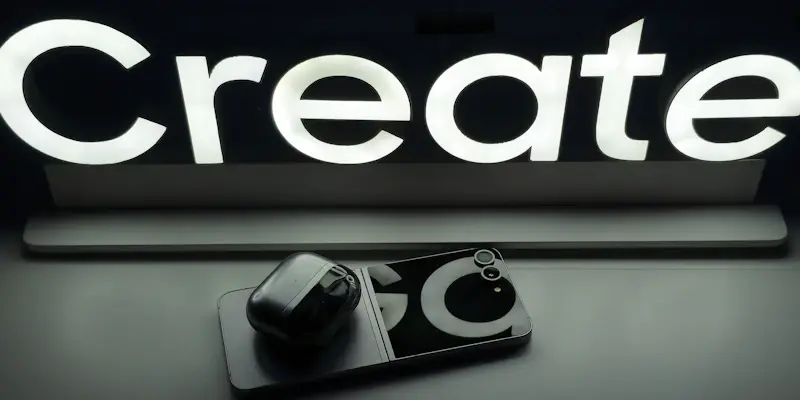As rumors about the Samsung Galaxy Z Flip7 continue to circulate, tech enthusiasts are left pondering whether the latest addition to Samsung’s foldable lineup will represent an evolutionary step or a revolutionary leap forward. Pre-release information points to a cautious approach by Samsung, with many of the key specifications remaining consistent with the Galaxy Z Flip6. This approach could reflect a strategic attempt to maintain current pricing while ensuring strong performance and reliability.
Memory and Storage
One of the notable aspects that hints at the Galaxy Z Flip7 being an iterative upgrade is the decision to keep memory configurations unchanged from its predecessor. Reports suggest that the device will continue to feature 12 GB of RAM across all models, despite some competitors offering variants with larger RAM capacities of up to 16 GB. This consistency in memory could be seen as a move to sustain stability and performance without venturing into more costly upgrades, which might not align with the target price point.
Storage options for the Galaxy Z Flip7 are also expected to remain the same as those offered in the Galaxy Z Flip6. Users will have the choice between 256 GB and 512 GB models, without the added flexibility of microSD card expansion. On the other hand, Samsung is reportedly increasing the storage capacity for the Galaxy Z Fold7 up to 1 TB, which might attract users looking for higher capacity devices. The storage decision for the Z Flip7 showcases Samsung’s strategy to differentiate between its foldable devices, ensuring that each caters to specific user needs while maintaining a shared baseline for core functionality.
Camera and Chipset
In terms of camera hardware, the Galaxy Z Flip7 is rumored to retain the same configuration seen in its predecessor. This includes a 50 MP primary camera, a 12 MP ultra-wide-angle camera, and a 10 MP front-facing camera. By sticking with the same camera setup, Samsung might be aiming to retain the imaging performance that users have come to expect from the Z Flip series. However, camera software enhancements and additional features could still be on the horizon, potentially improving the overall photography experience despite no tangible hardware changes.
The chipset, on the other hand, remains surrounded by uncertainty. Initial reports hint that Samsung may equip the Galaxy Z Flip7 with either the Exynos 2500 or the Snapdragon 8 Elite for Galaxy. Both options suggest a robust performance upgrade from the processor found in the Z Flip6, but the ambiguity leaves room for speculation. If the company opts for the Snapdragon variant, users could expect a boost in speed and efficiency, aligning with Qualcomm’s reputation for cutting-edge mobile processors. The choice of chipset will undoubtedly play a crucial role in defining the user experience of the Galaxy Z Flip7.
Market Strategy
As rumors continue to swirl, tech enthusiasts are left contemplating whether this newest addition to Samsung’s foldable phone lineup will signify an incremental evolution or mark a groundbreaking leap forward. The pre-release information suggests that Samsung might be opting for a more cautious approach this time, with many of the key specifications remaining similar to those of the Galaxy Z Flip6. This consistent specification could indicate a strategic decision by Samsung to maintain the current pricing structure while still ensuring robust performance and reliability.
In this competitive market, balancing innovative features with affordability is crucial. By retaining a familiar design and reliable specs, Samsung might be aiming to attract both new customers and loyal fans who have come to trust the brand. The decision to focus on consistency could also be a move to reinforce the Z Flip series’ reputation for durability and user satisfaction. As tech aficionados eagerly await more details, the debate continues: will the Galaxy Z Flip7 redefine the foldable phone market, or will it merely offer incremental improvements over its predecessor?

